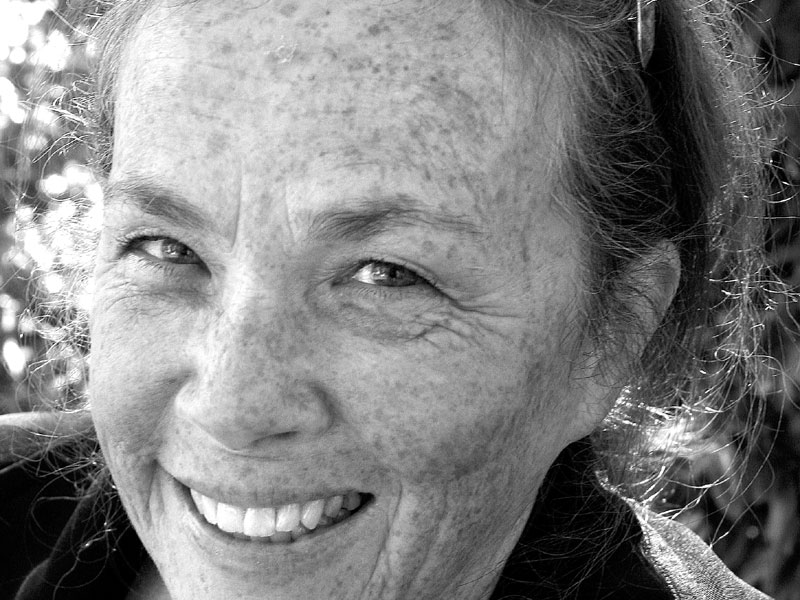Columnists
#MeToo

Many years ago, a woman told me the pain and anguish of being harassed or assaulted will go away given time. According to her, it would fade to black and then the victim would have trouble remembering what happened. I wanted to believe her. I really, really wanted to believe her. And, while there have been days, and sometimes weeks, when I don’t think about being assaulted and harassed by the nurse and the doctor at Branson Hospital, the effects of the abuse never really disappear.
Over the decades since that incident, I’ve read a lot about sexual harassment and abuse. As a matter of fact, during my decade with the Federal Government, I was involved with a group of women who looked for solutions to workplace abuses, particularly those abuses suffered by women. I often felt like we never made much headway in the issues we had elected to address. Workplace abuses continued, in spite of very explicit legislation and a zero tolerance stance. Women, then, felt they were on shaky ground if they chose to speak out against the abusers. Often they would have to report to a male supervisor or manager who didn’t want to “rock the boat” or believed they could “handle it” by being patronizing and promising to have a little chat with the abuser. Statistically, the odds of being abused (in any setting) are dropping—but not by leaps and bounds. In my quest, I found that one out of three young girls will be sexually abused before they reach their 16th birthday. The abusers, in almost one hundred per cent of the situations, will be someone the victim knows or someone with whom the victim is familiar. And if the abuser is charged, fewer than 30 per cent will be convicted. Of course, it isn’t just girls who are victims. One in seven boys will be sexually assaulted by the time they reach adulthood. People who are vulnerable (think about what the word “vulnerable” could mean to you or someone you know) are the most common target for abuse. Speaking of vulnerable people, young females and males are at the highest risk for abuse. If you are my age, or older, you were taught to obey your elders. In my youth, deferring to your elders was unconditional in almost all circumstances. Telling your parents or caregivers about your funny aunt or uncle or scout master or teacher or neighbour’s dad usually didn’t get you too far. In one way or another, if we complained we most likely would be told we didn’t know what we were talking about. Sometimes it was suggested we might hurt someone’s feelings or standing in the community if we kept saying such horrible things. Many of those who were abused simply got hit, a second time, by the abuse boomerang.
More than 60 per cent of Canadians know at least one person who has experienced abuse. The #MeToo awareness has opened my eyes to the vast number of people who have been abused or harassed. On any day of the week, in Canada, close to 4,000 women (sometimes with their children) seek shelter outside of their abode because they don’t feel safe in their own home. Those women who do seek shelter often don’t do it until they have been abused many, many times. It’s easy to think or to say they should have left the first time the abuse occurred, but often those women and children are without financial resources or familial support. One half of all the women in Canada have experienced some kind of abuse or harassment at home, in the workplace, in public institutions or on the street. While the rates of reported violence/ abuse/harassment have fallen, it is important to remember almost 70 per cent of abuse is not reported to authorities because victims fear repercussions.
Harassment and abuse affects everyone. No one “asks” for abuse. No one “dresses” for abuse. No one deserves to be abused. No one should pretend they didn’t see the abuse happen. No one should keep quiet about abuse. Everyone should be aware of the signs of abuse and not judge the victim. Anyone could be abused.

Comments (0)